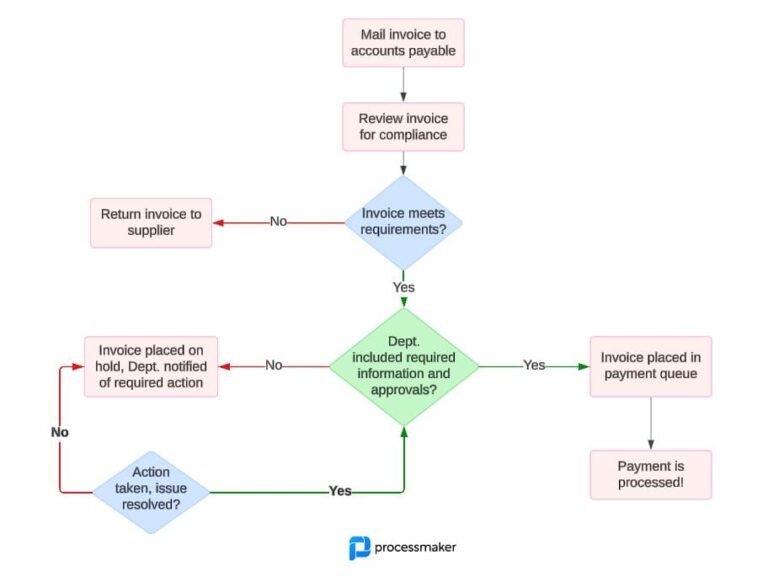
A leave of absence is typically a leave that lasts longer than two weeks. It may include both paid and unpaid time off. Often, a leave of absence request is made by someone whose paid time off has been exhausted, and who needs to take a leave for military, medical, personal, or educational reasons.
The leave of absence request made under the Family and Medical Leave Act (FMLA) may require documentation beyond that of a typical leave of absence request. These extra requirements may be spun into a branch process, or the entire FMLA leave request may be made into a separate process, depending on organizational needs.
A leave of absence request process should be designed so that requests can be made quickly, available paid leave can be assessed and matched against the number of days in the leave request, and approvals can be granted expediently. Having the leave of absence request process interface with other human resources systems makes it easier to track paid and unpaid time off throughout an organization. There are many ways you can simplify the leave of absence request process.
Simplify By Eliminating Paper From the Process
The most important step most organizations can take to improve the efficiency of leave of absence requests is to make the process paper-free. Not only does this save on printing, filing, and storage costs, it eliminates the problem of lost or damaged forms. Furthermore, electronic requests avoid problems like illegible handwriting, and forms can be designed so they only accept information in the proper format. This would, for example, prevent the mistake of someone trying to enter text into a blank where a phone number goes. Finally, an electronic leave of absence request process can automatically submit completed forms to the proper recipients.
Email Notifications Allow Approval By Supervisors Working Remotely
Leave of absence requests can be designed so that when an approving official’s action is required, he or she is automatically notified via email. They can also be designed so the approving official can approve or deny a request by responding to that email, saving tremendous amounts of time when an approving official is traveling, working remotely, or telecommuting. There’s no more waiting for a supervisor to return from a conference to manually approve a paper waiting on his or her desk. Email notifications can also be automatically sent to whoever makes a leave of absence request once the leave has been approved or denied.

When a Leave of Absence Ends
The leave of absence request process doesn’t end when the employee goes on leave. What happens when the leave is over is also important. Should an employee choose not to return to work after the leave is over, the process can trigger an alternative process, like out-processing. When an employee returns after a leave of absence, the return should be documented, and the number of paid days off used versus the number requested should be reconciled. Once these details have been confirmed, the employee can be reinstated, and any other return-to-work processes (like reissuing of ID or keys) can be automatically triggered.
Electronic Processes Reduce Error Risk
Making the leave of absence request process electronic can significantly reduce errors concerning the use of paid time off and ensuring all necessary steps are completed. When, for example, an HR professional must look up how much paid time off a leave requestor has, and then write this on a form, the risk for mistakes increases. Such mistakes, when not recognized, can propagate throughout the process making them harder to find and fix later on. But when the process itself pulls in paid time off information, it can be made to exhaust all paid time off before unpaid leave is taken, greatly reducing the chances of mistakes.
Going Electronic Is Easy, Even for Smaller Organizations
A customized, electronic leave of absence request process isn’t just for big enterprises with big budgets. Flexible workflow software allows your HR team to design your leave of absence approval process so that it’s perfectly tailored to your needs. Better still, with the right workflow software, designing and implementing a process does not require programming skills.
ProcessMaker is open-source workflow software with an intuitive interface that allows non-programmers to create custom processes of any level of simplicity or complexity. We invite you to test drive the ProcessMaker Enterprise Edition or download the ProcessMaker Community Edition for free and start making your workflows faster, sleeker, and more cost-effective.





